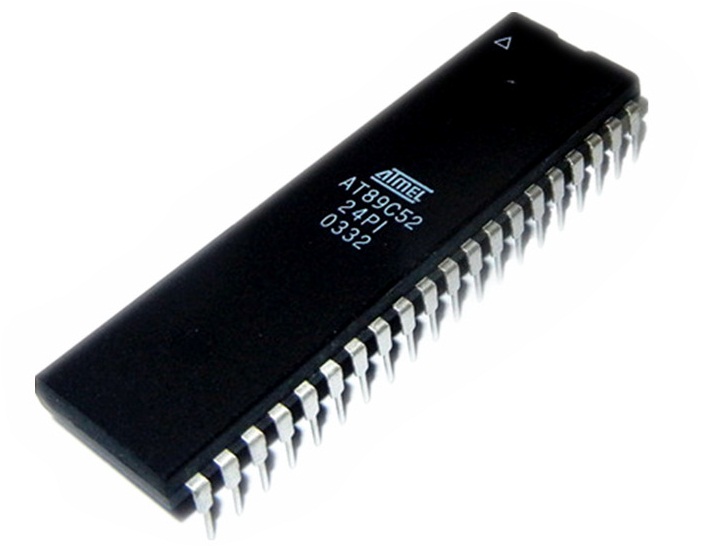

(MOVX RI), Port 2 emits the contents of the P2 Special Function Register. During accesses to external data mem-ory that use 8-bit addresses In this application it uses strong internal pullups when emitting 1s. Port 2 emits the high-order address byte duringįetches from external program memory and during accesses to external data memory that use 16-bit addresses DPTR).

As inputs, Port 2 pins that are externally being pulled low will source current (IIL) When 1s are written to Port 2 pins they are pulled high by the internal pullups and canīe used as inputs. The Port 2 output buffers can sink/source four TTL inputs. Port 2 is an 8-bit bidirectional I/O port with internal Port 0 Port 1 also receives the low-order address bytes during Flash programming and program verification. As inputs, Port 1 pins that are externally being pulled low will source current (IIL) When 1s are written to Port 1 pins they are pulled high by the internal pullups and can be used as inputs. The Port 1 output buffers can sink/sourceįour TTL inputs. Port 1 is an 8-bit bidirectional I/O port with internal pullups. The Power Down Mode saves the RAM contents but freezes the oscillator disablingĪll other chip functions until the next hardware reset.
#Atmel 89c51 datasheet serial#
Serial port and interrupt system to continue function-ing. External pullups are required during program verifica-tion. Port 0 also receives the code bytes during Flash program-ming, and outputs the code bytes during program verifica-tion. The Idle Mode stops the CPU while allowing the RAM, timer/count-ers,
#Atmel 89c51 datasheet software#
In addition, the AT89C51 is designed with static logic for operation down to zero frequency and supports two software selectable power saving modes. In this mode P0 has internal pul-lups.ĭuplex serial port, on-chip oscillator and clock circuitry. Port 0 may also be configured to be the multiplexed low-order address/data bus during accesses to external pro-gram and data memory. Pins can be used as high-im-pedance inputs.
#Atmel 89c51 datasheet full#
The AT89C51 provides the following standard features: 4 Kbytes of Flash, 128 bytes of RAM, 32 I/O lines, two 16-bit timer/counters, a five vector two-level interrupt architec-ture, a full As an output port each pin can sink eight TTL inputs. The on-chip Flash allows the program memory to be reprogrammed in-system or by a conventional nonvolatile memory programmer. The device is manufactured using Atmel’s high density nonvolatile memory technology and is compatible with the industry standard MCS-51 The AT89C51 is a low-power, high-performance CMOS 8-bit microcomputer with 4 Kbytes of Flash Programmable and Erasable Read Only Memory (PEROM). Microcomputer which provides a highly flexible and 4 Kbytes of In-System Reprogrammable Flash Memory Endurance: 1,000 Write/Erase CyclesĬost effective solution to many embedded controlĪpplications. Monolithic chip, the Atmel AT89C51 is a powerful


 0 kommentar(er)
0 kommentar(er)
